Body
(Re)colonizing Tradition
A Pedestrian Guide to a "Traditional" City
Welcome to Bhaktapur
[1] The Tea Stall at Guhepukhu
[2] Nava Durga Chitra Mandir
[3] Khauma Square
[4] Tourist Motor Park
[5] Indrani Pitha
[6]Lasku Dhwakha Gate
[7]Char Dham
[8]Cafe de Temple
[9]Batsala Temple
[10] Batsala Temple
[11] City Hall
[12] The Procession Route
[13] Pujari Math
[14] The Peacock Restaurant
[15] Sewage Collection Ponds
[16] Bhairavanath Temple
|
Vernacular Modernism
There are three possible ways to theorize the changes that modernity brings in Bhaktapur. The first is a Romantic understanding that sees tradition and modernity as two dichotomized ways of being in the world. The second is an Enlightenment model, which understands modernity as the passage from ignorance to enlightenment, from superstition to truth. I am sympathetic to modernity and its effect upon Newar culture. And I am also aware of the benefits of modernity. Yet, instead of dichotomizing the two, we should understand the hyphenated spaces such as Khauma as a vernacular modernism.
Modernity is a global experience that is not a univocal "metaphysical" phenomenon but varies from locality to locality. Arjun Appadurai and Carol Breckenridge show in Consuming Modernity (1995) that while the category of "modernity" emerges from the Westıs history, it does not belong by inalienable right only to Europe and America. Today, Koreans, Samoans, Turks, Indians, Chinese, Mexicans, Haitians, and Mongols all partake in forms of modernity. To argue that the West has a pristine "modern" while all the rest have polluted forms of modernity is just the converse of the orientalist argument, which denied most of the world a coeval status with Europe and imprisoned most of worldıs peoples in a timeless static past.
  
|
Maps
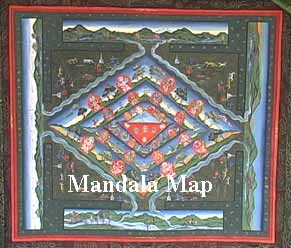
Mandala Map
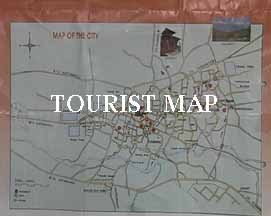
Tourist Map

Government
Map
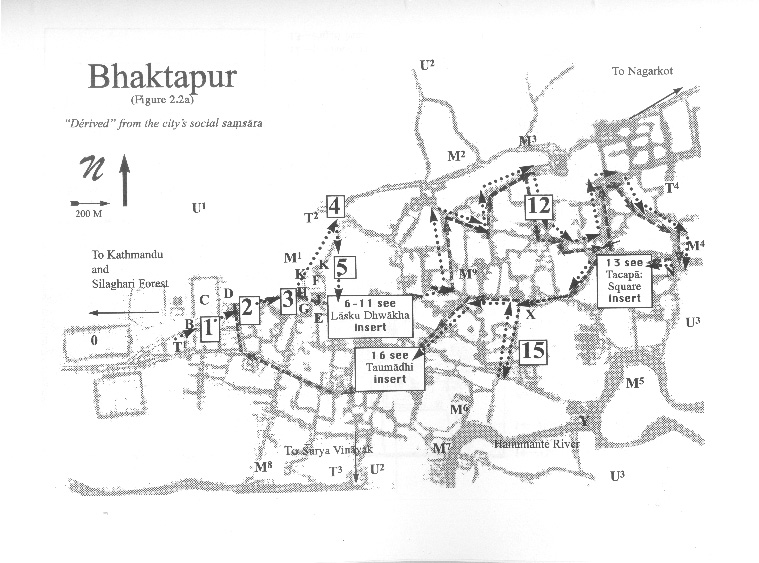
Pedestrian
Tour Map
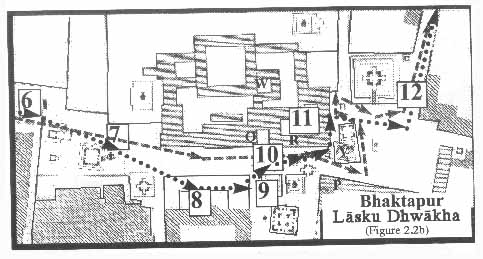
Bhaktapur
Durbar Square
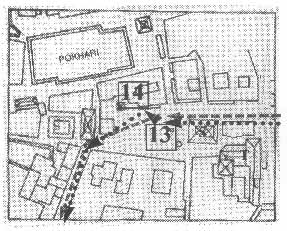
Tacapa Map
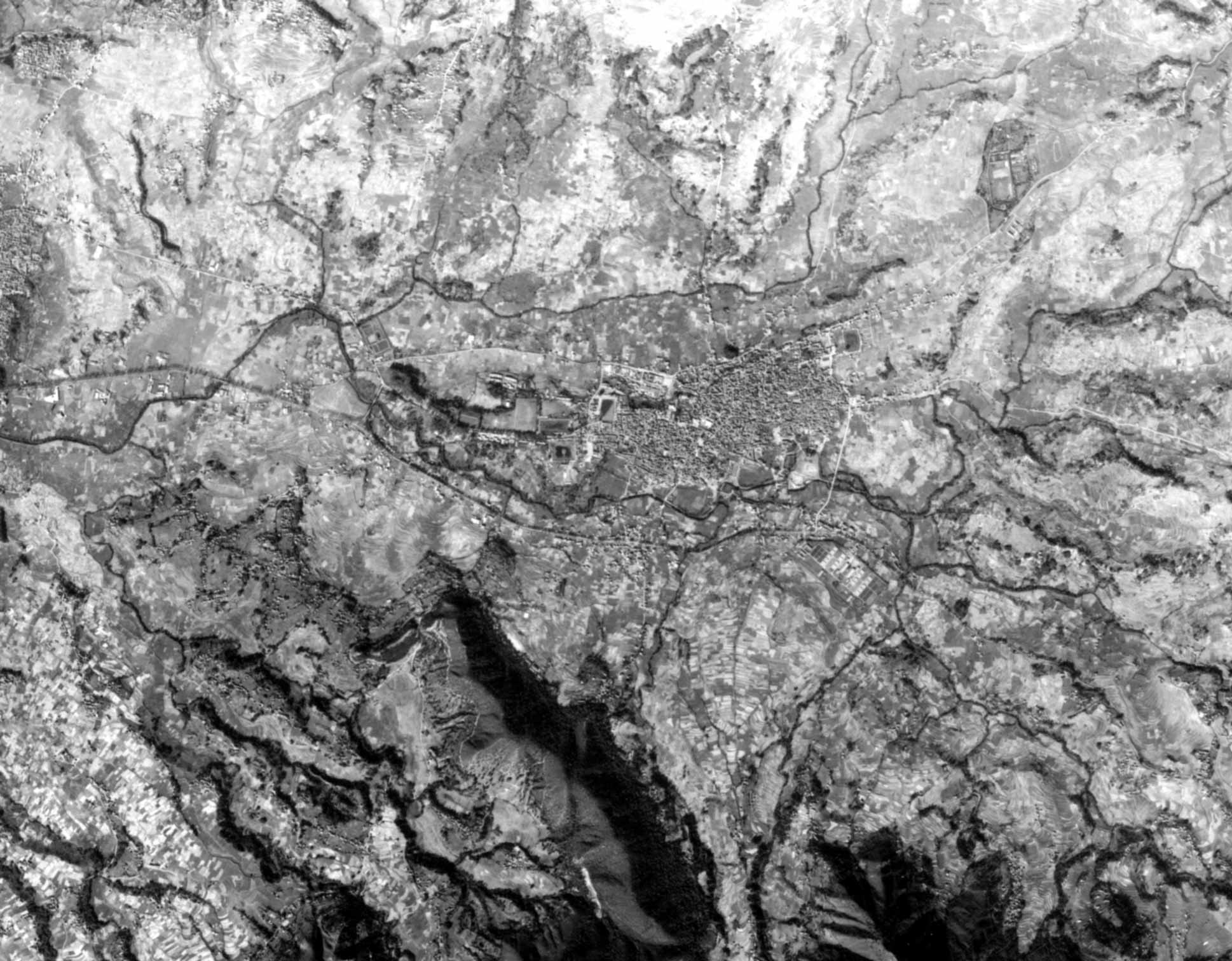
Satellite
Photograph
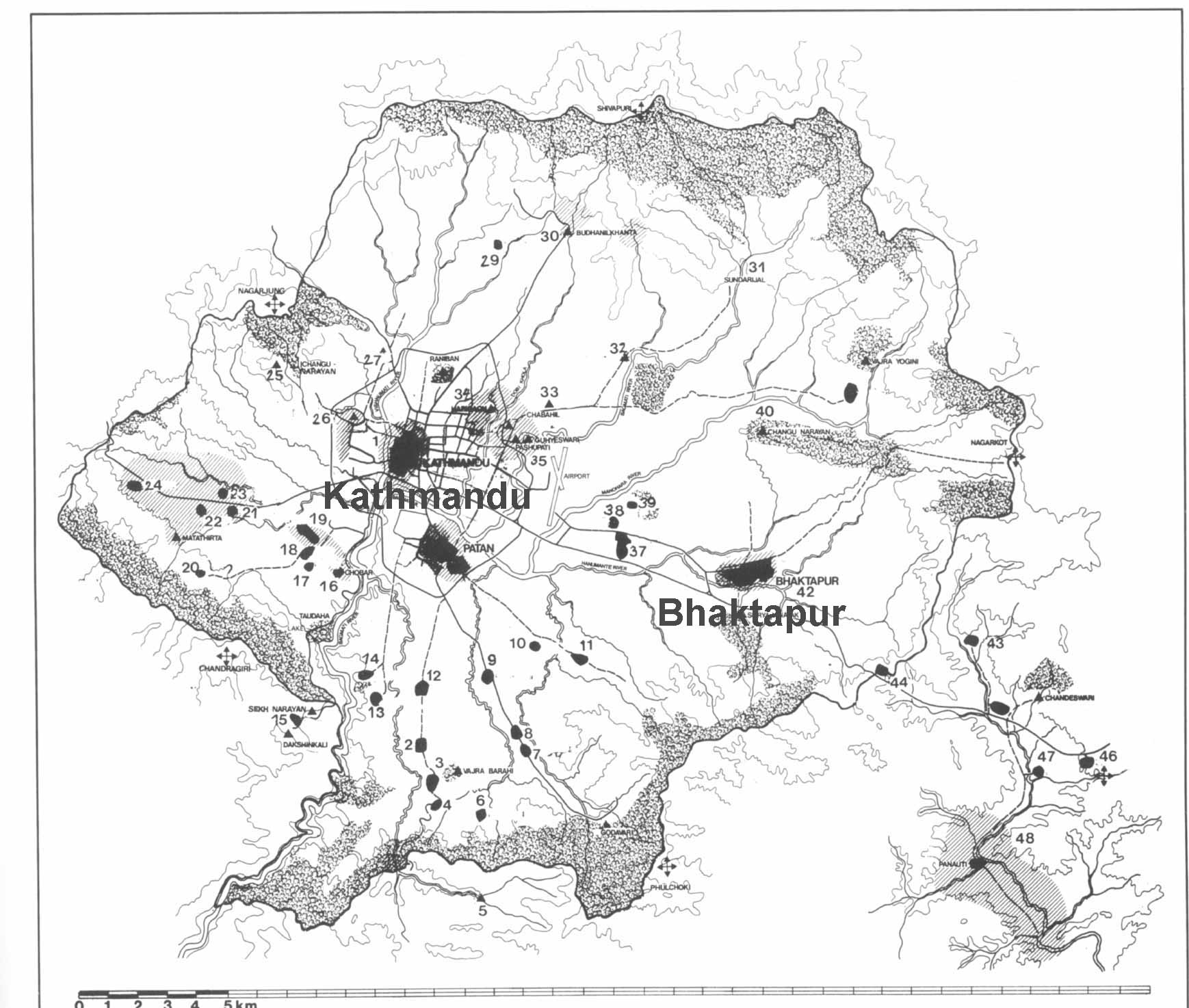
Kathmandu
Valley
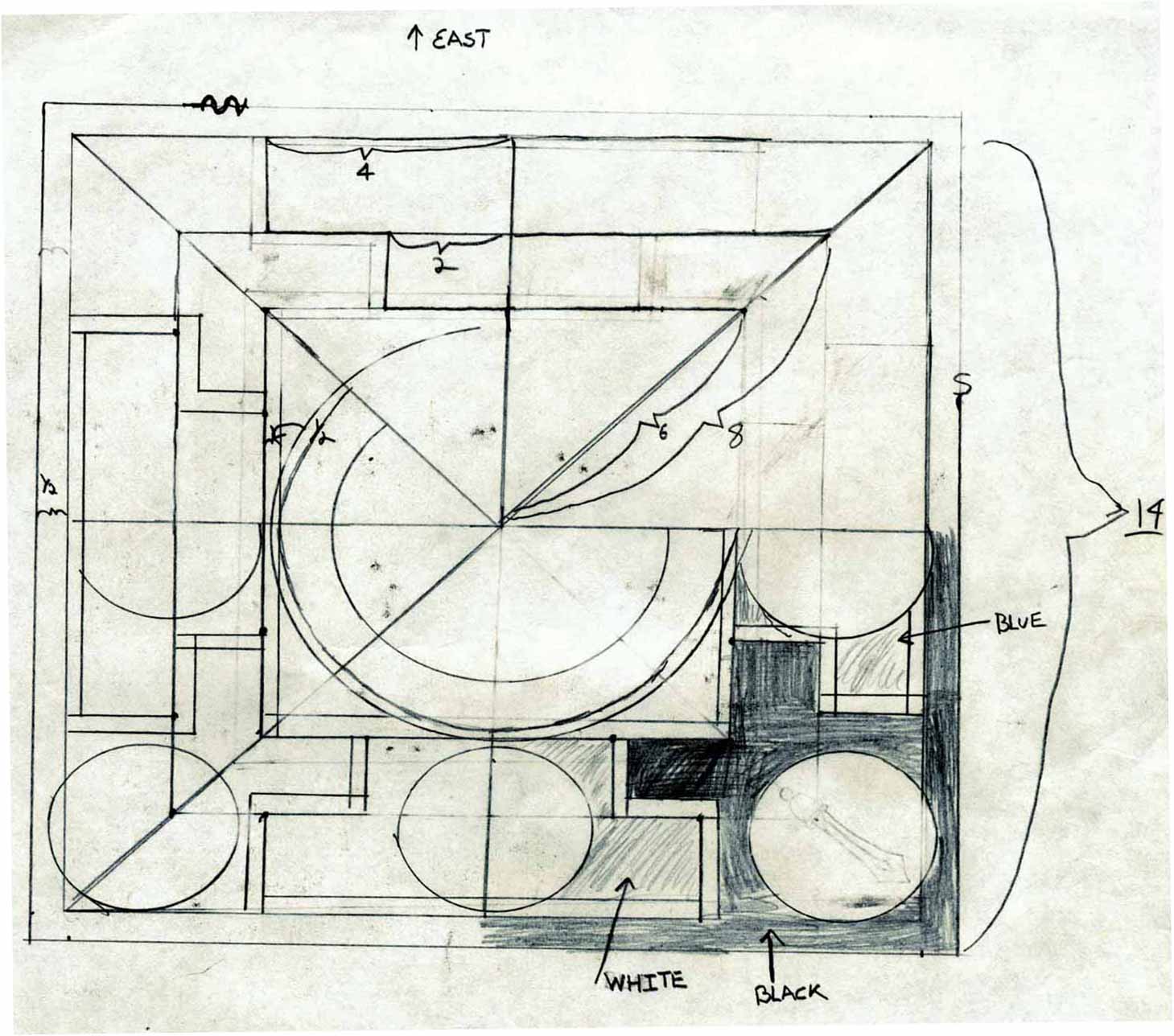
Goddesses
|